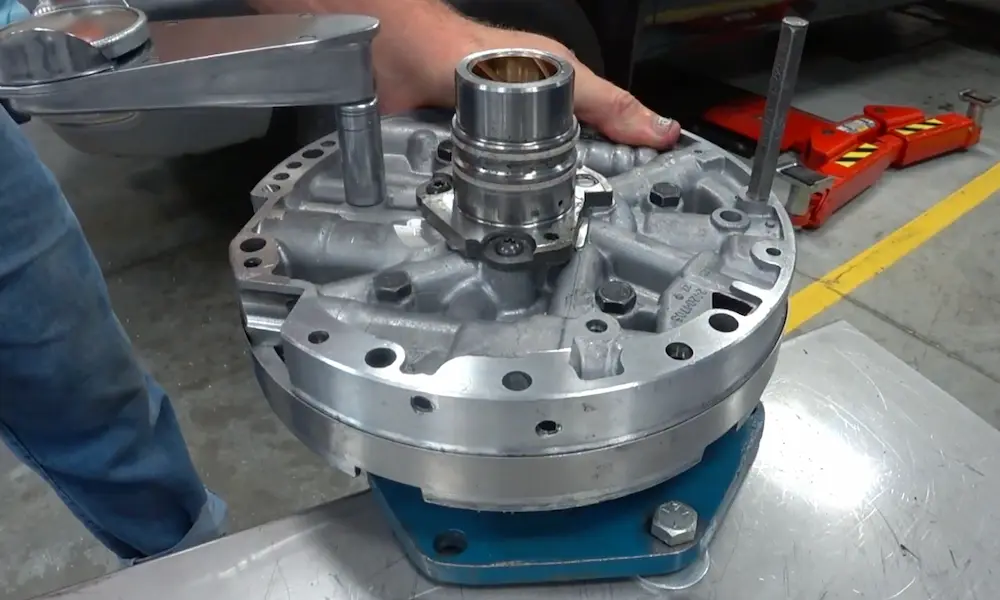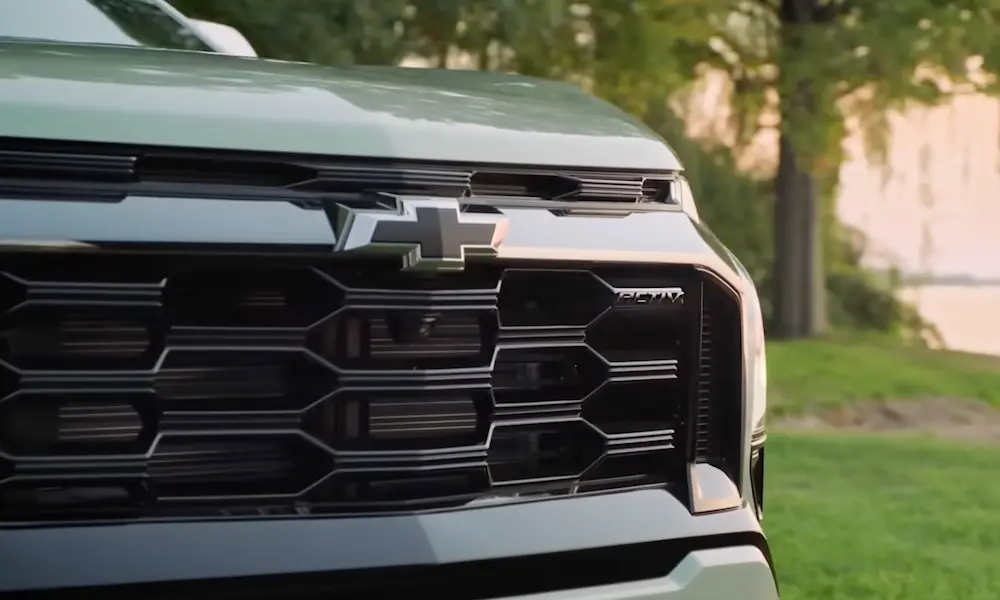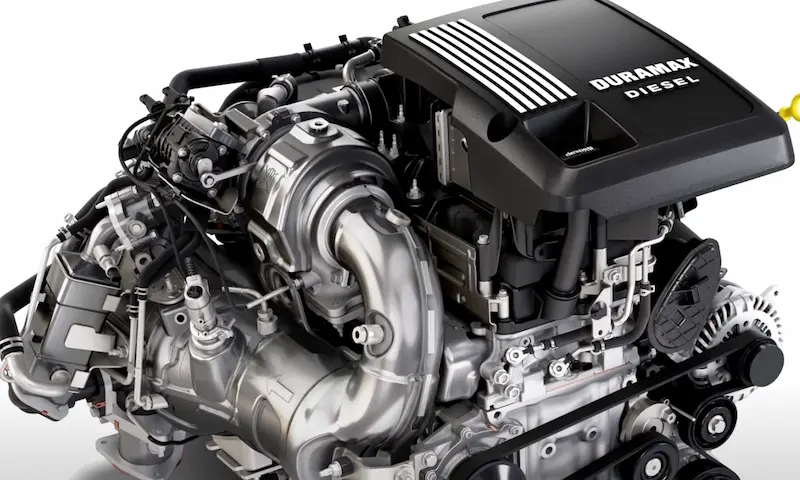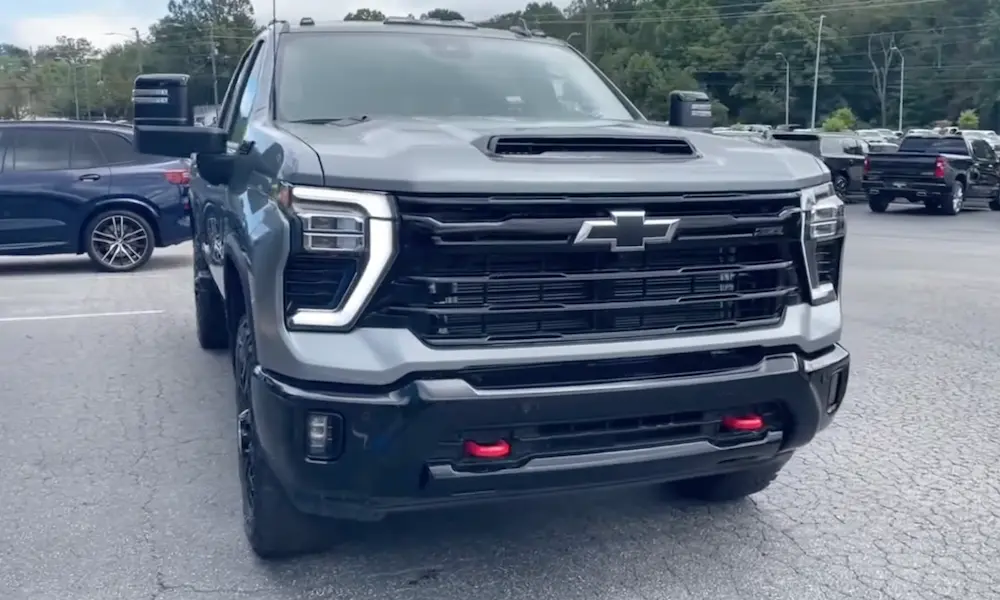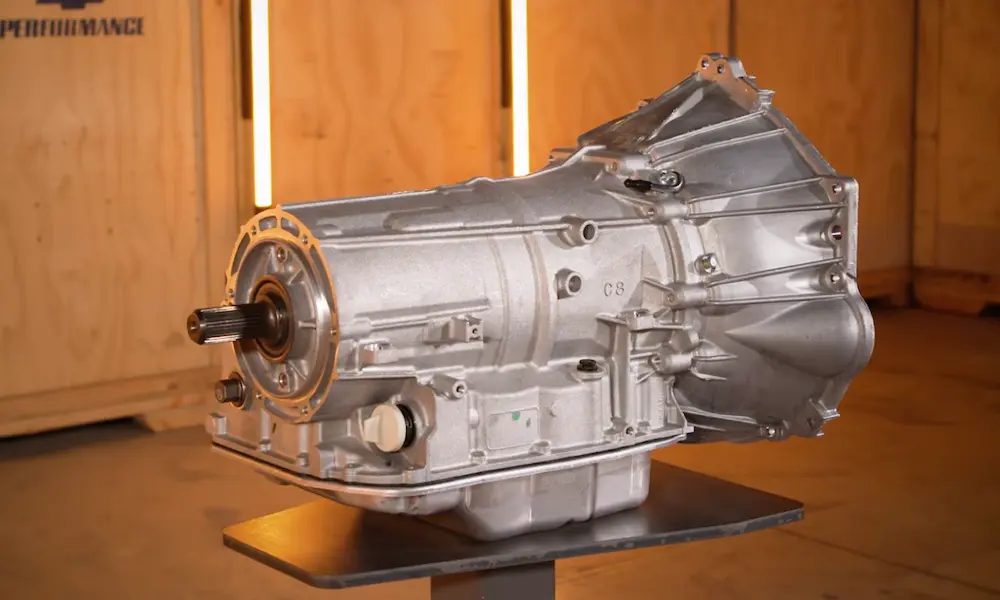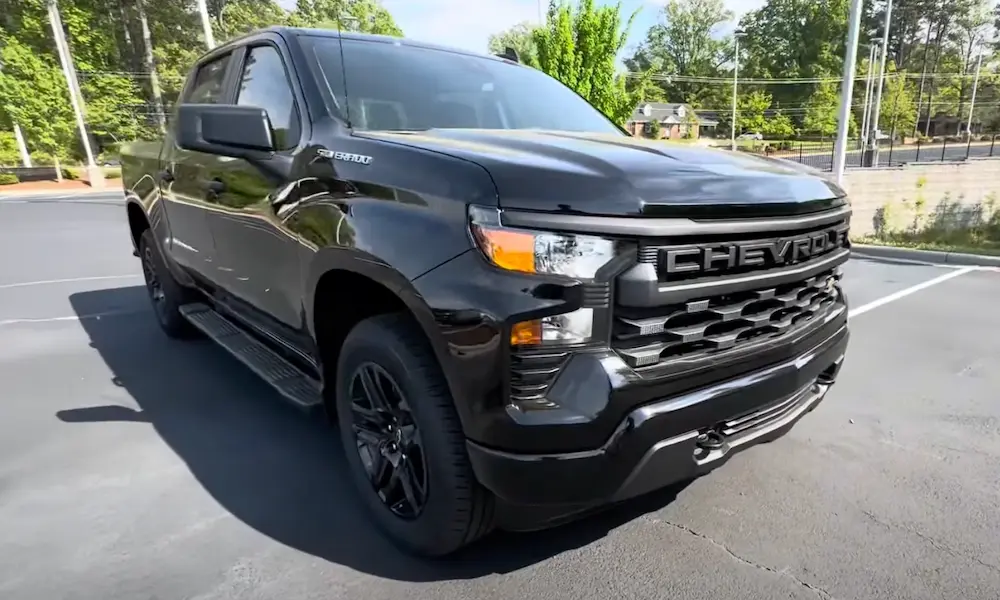Ever glanced at that long string of characters on your Chevy’s dashboard or doorframe and wondered what secrets it holds? That 17-digit code isn’t just random—it’s a detailed story of your vehicle’s birth, specifications, and identity. Let’s break down how to decode your Chevrolet VIN and what valuable information you can extract from it.
What Is a Chevrolet VIN?
A Vehicle Identification Number (VIN) is your Chevy’s unique fingerprint. Since 1981, all vehicles have used standardized 17-character VINs that follow a specific pattern. For Chevrolet owners, this code reveals everything from where your car was built to what engine sits under the hood.
Think of your VIN as your vehicle’s DNA—no two are identical, and each tells a complete story about your specific Chevy.
The Three Main Sections of a Chevrolet VIN
Your Chevy’s VIN breaks down into three distinct parts, each serving a different purpose:
1. World Manufacturer Identifier (First 3 Characters)
These first three positions immediately tell you where your Chevrolet was born:
| First Digit | Country of Origin |
|---|---|
| 1, 4, or 5 | United States |
| 2 | Canada |
| 3 | Mexico |
| K (KL/KM) | South Korea |
For Chevrolet vehicles, you’ll typically see codes like:
- 1G1 – American-made Chevy passenger car
- 1GC – American-made Chevy truck
- KL1 – Korean-built models like the Spark
The GM heritage is usually indicated by the “G” in the second position for most Chevrolet vehicles manufactured in North America.
2. Vehicle Descriptor Section (Positions 4-9)
This middle section packs in details about your Chevy’s specific features:
- Position 4: Vehicle division or restraint system type
- Position 5: Car line, series, or model
- Position 6: Body style (sedan, coupe, SUV, etc.)
- Position 7: Restraint type on older models; varies by year
- Position 8: Engine type and size
- Position 9: Check digit (verification number)
For example, if position 8 in your 2020 Silverado shows an “E,” you’ve got the 5.3L V8 engine under the hood.
3. Vehicle Identifier Section (Positions 10-17)
The final section includes:
- Position 10: Model year (follows a specific pattern)
- Position 11: Assembly plant code
- Positions 12-17: Production sequence number
The model year uses a rotating cycle of numbers and letters. For example:
- N = 2022
- P = 2023
- R = 2024
How to Decode Your Chevy’s Model Year
The 10th character follows this pattern for recent and upcoming years:
| Character | Model Year |
|---|---|
| A | 2010 |
| B | 2011 |
| C | 2012 |
| D | 2013 |
| E | 2014 |
| F | 2015 |
| G | 2016 |
| H | 2017 |
| J | 2018 |
| K | 2019 |
| L | 2020 |
| M | 2021 |
| N | 2022 |
| P | 2023 |
| R | 2024 |
The pattern repeats every 30 years, so “E” could mean 2014, 1984, or even 1954, depending on your Chevrolet’s age.
Reading Chevrolet Engine Codes
Position 8 of your VIN reveals your engine type, which varies by model and year. Some common Silverado engine codes include:
- L: 3.0L Duramax turbo-diesel
- E: 5.3L EcoTec3 V8
- R: 6.6L V8 gasoline
For a Corvette enthusiast, finding a “U” in this position of a 2007 model means you’ve got the powerful 6.0L V8, while an “E” indicates the high-performance 7.0L V8.
Identifying Assembly Plants
The 11th character tells you where your Chevy was built:
- 5: Bowling Green, Kentucky (home of the Corvette)
- Z: Fort Wayne, Indiana (Silverado production)
- R: Arlington, Texas
- U: Hamtramck, Michigan
This can be particularly valuable for collectors or when researching regional manufacturing trends.
Practical Uses for Your Chevrolet VIN Decoder
1. Verifying Vehicle History
Before buying a used Chevy, decoding the VIN and running it through a service like VinAudit can reveal:
- Previous accidents
- Title problems
- Odometer discrepancies
- Recall information
- Service history
This helps ensure you’re not buying a vehicle with hidden issues.
2. Finding Compatible Parts
When ordering parts for your Chevrolet, the VIN ensures perfect compatibility. The engine code (position 8) tells parts suppliers exactly what components will fit your specific model.
For example, brake components for a 2018 Silverado 1500 differ from those for a 2500HD, even from the same model year.
3. Checking for Recalls
The National Highway Traffic Safety Administration maintains a database where you can enter your Chevrolet VIN to see if any recalls affect your specific vehicle. This is more accurate than just searching by model, as recalls sometimes only affect vehicles built at certain plants or during specific production runs.
4. Preventing Fraud
VIN decoding helps protect against:
- VIN cloning (when thieves use a legitimate VIN from another vehicle)
- Title washing (hiding salvage history by moving vehicles across state lines)
- Odometer fraud (verifying the mileage is consistent with the vehicle’s age)
According to the National Insurance Crime Bureau, VIN-related fraud costs U.S. consumers over $1 billion annually, making VIN verification crucial.
Real-World Example: Decoding a 2024 Silverado VIN
Let’s decode the sample VIN 1GCUCDEC0RU137663:
- 1 – Made in the USA
- G – General Motors
- C – Chevrolet truck
- U – Advanced airbag restraint system
- C – Silverado 1500 series
- D – Crew cab body style
- E – 5.3L EcoTec3 V8 engine
- C – Check digit
- 0 – 2024 model year (the “0” works with the “R” in position 11)
- R – Built at Arlington, Texas assembly plant
- U137663 – Production sequence number
This gives us a 2024 Chevrolet Silverado 1500 Crew Cab with the V8 engine, built in Texas.
Using Online Chevrolet VIN Decoders
While understanding the basic VIN structure is helpful, several free online tools can provide detailed information about your specific Chevrolet:
- Stat.vin – Offers basic decoding services for free
- FAXVIN – Specializes in Chevrolet vehicles
- VinAudit – Provides comprehensive reports with title history
For official verification, you can use the NHTSA VIN Decoder, which provides manufacturer-reported information.
Finding Your Chevrolet VIN
Not sure where to look for your VIN? Common locations include:
- Driver’s side dashboard (visible through the windshield)
- Driver’s door jamb sticker
- Vehicle registration and insurance documents
- Engine block (though this may be a partial VIN)
- For Silverados and other trucks, check inside the driver’s door jamb or on the frame rail near the spare tire
Vintage Chevrolet VIN Decoding
Decoding classic Chevy VINs (pre-1981) follows different rules, as they used shorter formats with different coding systems. For instance, a 1955-57 Chevy uses a much shorter VIN format found on a plate attached to the driver’s side door pillar.
Beyond the Basics: VIN Check for Major Purchases
If you’re buying a used Chevrolet, a full VIN check from a service like EpicVIN can reveal:
- Market value estimates
- Previous damage reports
- Title problems
- Theft records
- Service history
- Recall information
A comprehensive check might cost $25-40, but it’s a small price to protect yourself on a major purchase.
The Future of Chevrolet VIN Decoding
As vehicle technology evolves, VIN systems are becoming even more important. For the upcoming electric models like the Silverado EV, VIN decoding will help identify battery configurations, motor types, and other EV-specific components.
Some industry experts anticipate blockchain technology integration to create immutable vehicle history records tied to VINs, making fraud even harder.
Decoding Your Chevrolet’s DNA
Your Chevy’s VIN is more than just a random string of characters—it’s a comprehensive record of your vehicle’s origins, specifications, and identity. Whether you’re buying a used vehicle, ordering parts, or just curious about your car’s history, knowing how to decode that 17-digit number gives you valuable insight into your Chevrolet’s DNA.
Next time you look at those numbers and letters stamped on your dashboard, remember: you’re not just seeing a code—you’re seeing your vehicle’s entire story condensed into a single line.




